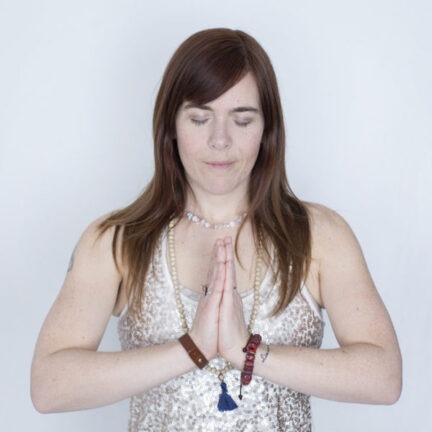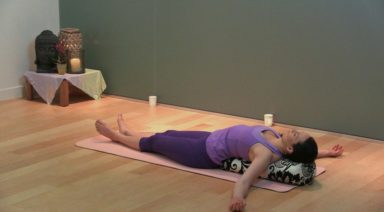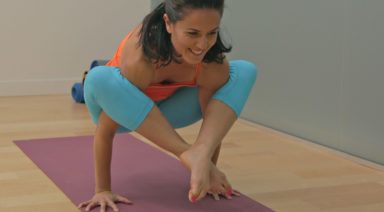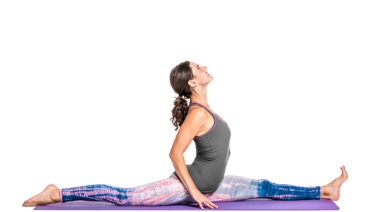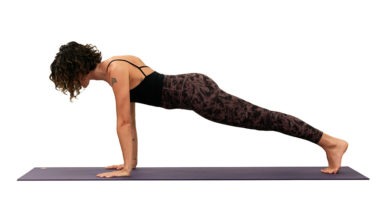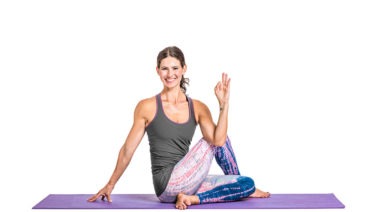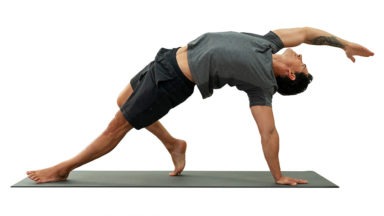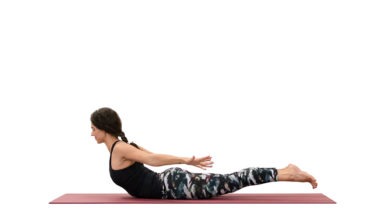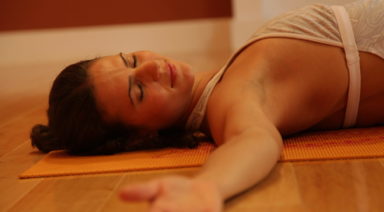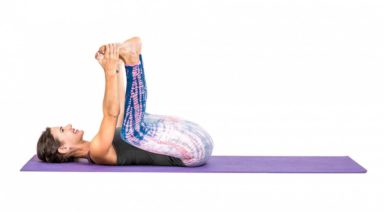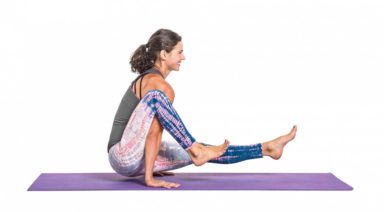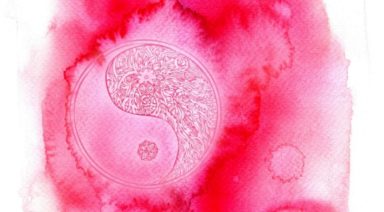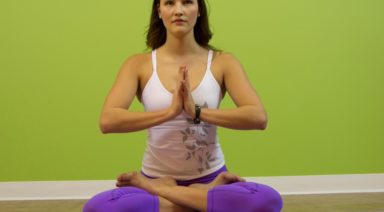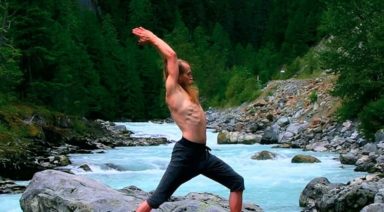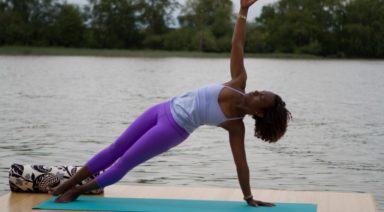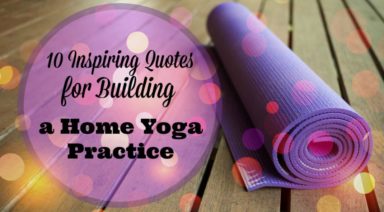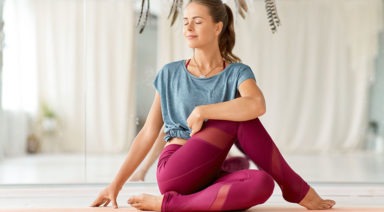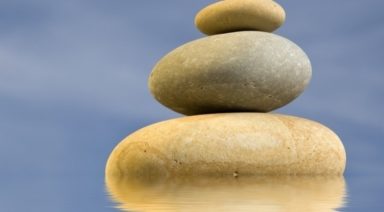3 Yoga Practices for Sinus Relief

There is nothing worse than pain or discomfort in one’s head. If you suffer from sinus issues, you are probably aware of the importance of addressing them at the very first warning sign. Paying attention to, and honoring your body is essential in yoga class, and it is just as important to carry this practice into your daily life. A dull headache plugged ears, fatigue, and of course, the sniffles are all warning signs of sinus issues. I have personally found that there are a few practices that, when put together, have been quite effective at keeping things in balance.
1. Neti Pots A small pot is filled with a lukewarm saline solution, and then it is poured into one nostril and drains out the other side. The water gently cleanses the sinus cavities, removing mucous and relieving congestion, post-nasal drip, and sinus discomfort. If you have never tried a neti pot, and you’ve had sinus issues or allergies in the past, I’m telling you here, you have got to try one! It is not as uncomfortable as you think, and over time you’ll wonder why you hadn’t tried it earlier. The Himalayan Institute is a very reputable source for information on neti pots.
2. Asana Any physical movement when you’re under the weather is going to encourage the lymph to move along and do its job, getting you feeling healthy again. Even if it’s just a few neck and shoulder stretches, it’s better than doing nothing. For sinuses though, more specifically, it is inversions that can really help to get things loosened up and moving. These poses will intensify the pressure in your head, but when you right yourself, you should feel some relief shortly after. Give it time, and be open-minded.
Positive energy is one behavior that I feel can prevent one from getting sick, and heal a person when they do succumb to illness. Do each pose for about one minute. Allow yourself to relax into the pose and try to keep your breath as smooth and steady as possible. Poses I recommend for Beginners:
Child’s Pose (Balasana)
Downward Facing Dog (Adho Mukha Svanasana)
Standing Forward Fold (Uttanasana)
Rabbit Pose (Sasangasana)
Poses I recommend for Intermediate to Advanced: If you have not tried these poses before, I highly recommend you get assistance from a Certified Yoga Instructor. It is very important to warm the body thoroughly before attempting advanced inversions.
Shoulderstand (Salamba Sarvangasana)
Plow Pose (Halasana)
Headstand (Salamba Sirsasana)
3. Pranayama Breathing Exercises: Though it may seem counter-intuitive, breathing is another practice that can alleviate sinus discomfort. Try the following practices with a calm and relaxed demeanor, focusing on keeping your prana moving smoothly. You may wish to blow your nose, or better yet, use your neti pot before you try these exercises.
Belly Breathing: Lie on your back with your knees bent and your hands on your belly. Breathe deeply into the belly, focusing on expanding the belly like a buddha, then draw the breath and energy up through your ribs, chest, and shoulders. Exhale the same way, deflating your belly, chest, and shoulders, and squeezing all the air out of your belly. Find your own rhythm.
Calming Breath: Sit comfortably. Bring your right hand out in front of you, palm facing you. Fold your index and middle fingers into the palm. Place your ring finger on your left nostril to close it off.
Breathe into the right nostril for two counts. Close off the right nostril with the thumb and hold the breath for two counts. Release the left nostril, exhale for two counts. Close off the left nostril and hold the breath for two counts. Try visualizing a square. If it feels uncomfortable to hold the breath, simply pause instead. Increase the count as you become comfortable, making sure that you are doing equal counts for each action.
Breath of Fire: In this practice, hold your hand over your navel, and practice forcefully exhaling out the nose repeatedly. Your belly should be pumping in and out. The force of the exhale will naturally draw in a new breath, so there is no need to inhale consciously. You may start this practice by gently panting, but it is important to eventually speed up the pace of this breath in order to stoke the “fire” of the breath. I hope that you have enjoyed these helpful tips, and you are able to use these techniques to soothe and relieve your sinus issues.
How Yoga Can Help Improve Your Skin
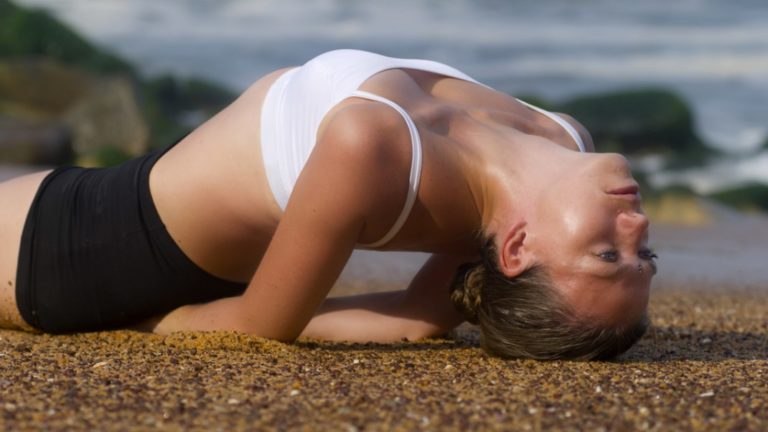
The skin on someone’s face is one of the first things we notice, so it’s only natural that we would desire healthy, beautiful skin. Sadly enough, our skin is also one of the first things to be affected by poor diet and stress. Beyond just covering up with makeup, or religiously applying face creams at night, there are other things that can be done to improve the look and feel of your skin.
Yoga is one of the most effective things we can do to help our skin to stay beautiful and glowing. There are a variety of different poses that will work to your advantage, each with different benefits, but first: what really causes your skin problems?
Skin problems and their causes
Acne is the bane of many individuals – it always seems to be a problem. Luckily, it tends to heal itself and, if treated properly, will not leave any lasting scars.
Oftentimes, a person’s health history has a lot to do with the way his or her skin looks now. If they spent a lot of time outdoors without proper sun protection, or smoked frequently, these things will probably affect their skin negatively.
A poor diet can also cause poor skin: leading to more breakouts and excess oil that clogs pores.
Yoga’s healthy skin benefits
What is yoga actually doing to help improve my skin? Yoga works to improve digestion and circulation. When your body has better blood flow, it naturally produces glowing skin.
Practice doing poses like wind-relieving posture and bow pose, and try alternating nose breathing. All of these practices will aid in digestion. Glowing skin comes with a digestion system that is working properly.
Other yoga poses, such as child’s pose, fish pose and shoulder stand, are also extremely effective in increasing blood circulation throughout your entire body – especially the face and brain – thus stimulating the skin.
Skin loses its elasticity easily, so it is also helpful to do facial exercise which will strengthen and tone the muscles in your face. Stretch your lips and massage your jaw and brows to relieve stress. This practice will also help you to gain elasticity in your face.
What else can I do to get beautiful skin?
Of course yoga is not the only way to improve the look of your skin! In addition to practicing yoga everyday as a regular part of your routine, there are several other habits you can implement into your life so that you can enjoy radiant skin:
1. Drink more water than you think you need. Water flushes out toxins and gives your skin a healthy, lustrous glow.
2. Aim for eight hours of sleep a night. Although this sometimes seems impossible, due to the busyness of life, by being sufficiently rested, you will also look awake and alert. Over time, this will affect the health of your skin in a positive way.
3. Consider getting facials at a spa as part of your regular routine. Facials work to rid your skin of impurities and help to produce a youthful, healthy glow.
By starting to incorporate yoga into your everyday life, you will begin to notice a big difference in the way your skin looks and feels. It will look younger, more vibrant and have a nice glow to it that others will surely notice. When done in unison with the other tips I’ve mentioned, you will be well along your way to having younger-looking skin in just a few weeks!

